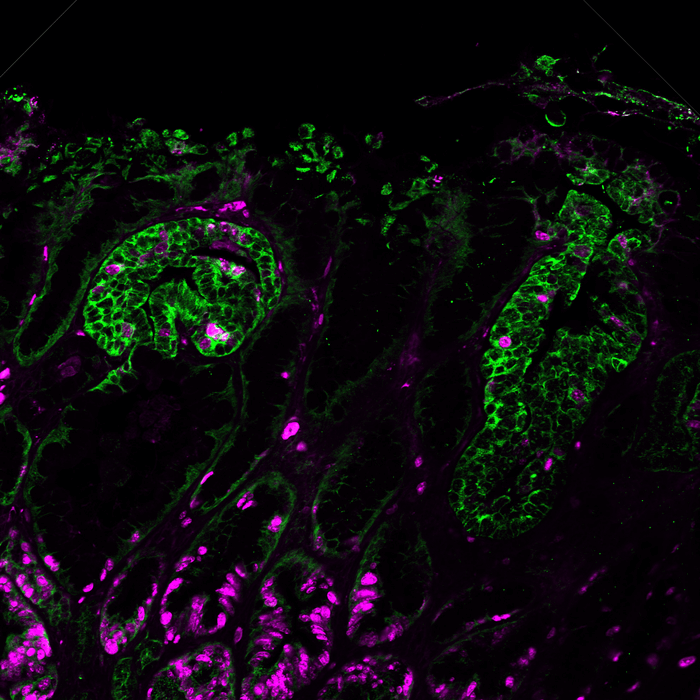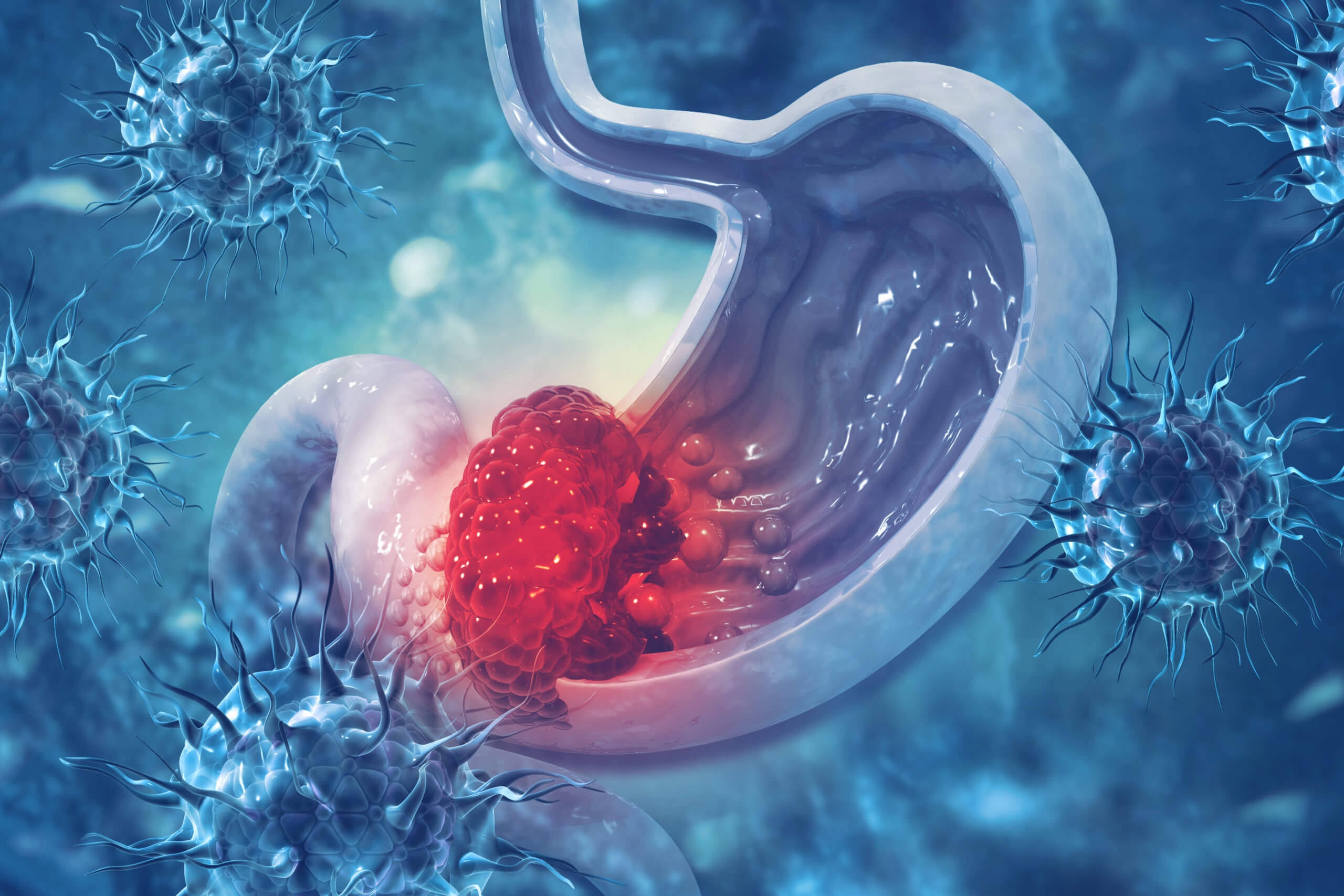The advancement of preclinical models has led scientists from Japan and Singapore to determine the development and spread of stomach cancer. With these models, researchers have discovered specific tumor-expressing cells responsible for the onset of gastric cancers. These cells provide experts a therapeutic target for the development of potential treatments, according to the study.
This research was a collaboration led by IMCB between Singapore’s Immunology Network, the Genome Institute of Singapore, the Cancer Research Institute of Kanazawa University, Duke-NUS Medical School, and the Cancer Science Institute of Singapore.
These teams identified a protein in humans called Claudin-18, which is encoded by the CLDN18 gene. This gene is only expressed within the lining of the intestines. This marker was then used in experiments to introduce cancer-causing mutations within the stomach lining of mice. The teams were able to develop a model that showed how stomach cancer cells are introduced into a healthy mouse stomach. With this experiment, the models summarized the major disease stages – from tumor growth, to invasion, and to metastasis – to other major organs.
Experimental Findings and Implications
Furthermore, the team determined that the risk of cancer can be greatly reduced by eliminating the specific subset of the tumors expressing the stem cell marker LGR5. The models help understand the progression of stomach cancer, identify and aid in the diagnosis, and evaluate the effectiveness of various drug treatments.

Professor Nick Barker, Researcher at IMCB, offers further insight on the matter in a statement. “It’s a breakthrough for us to apply our new models of advanced human gastric cancer to identify the specific cells – Lgr5-expressing tumor cells – involved in cancer progression. The discovery of these cells is invaluable for understanding the spread and development of gastric cancers, as well as informing the development of more effective treatments in future.”
The teams will be able to continue their progress by evaluating the LGR5-expressing stem cells as a therapeutic target. They will perform expression analyses on LGR5-expressing stem cells in comparison to healthy stem cells. These experiments can assist in identifying the changes in gene expression during the progressive stages of cancer. Once identified, researchers will be able to use models to identify therapeutic targets and novel disease biomarkers.
Find this study in Nature Cell Biology.
